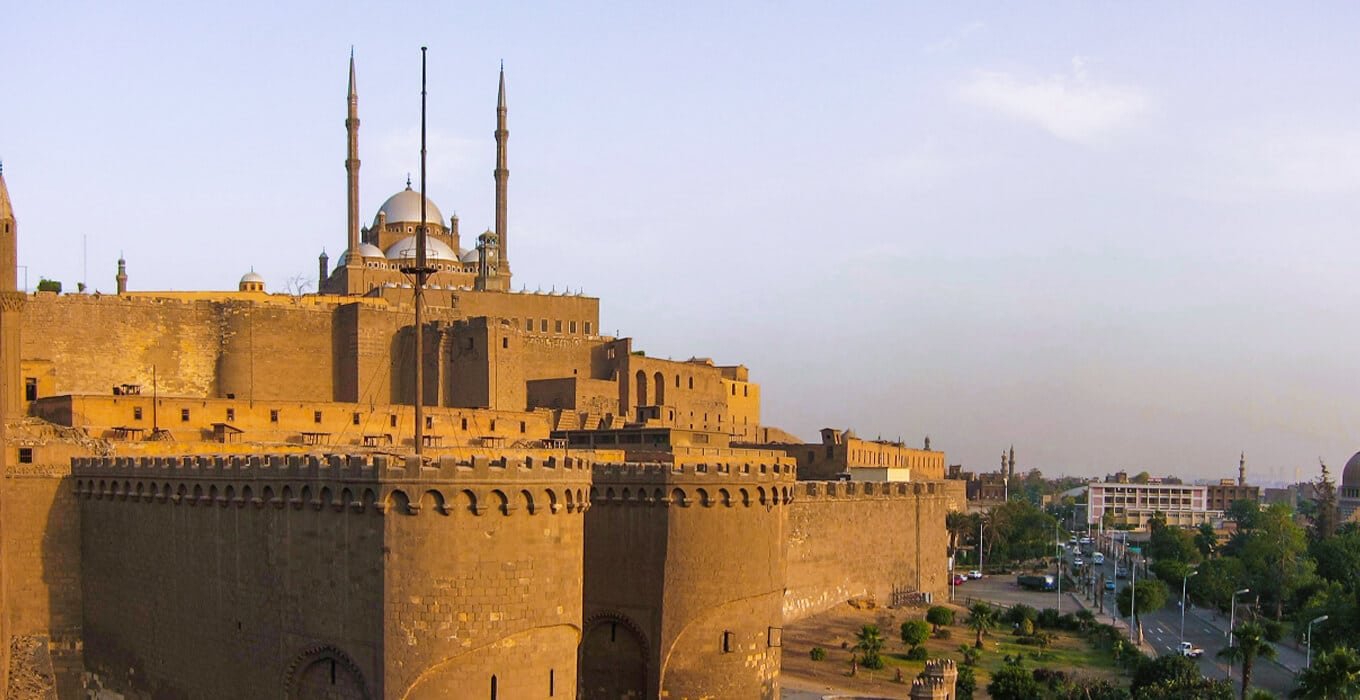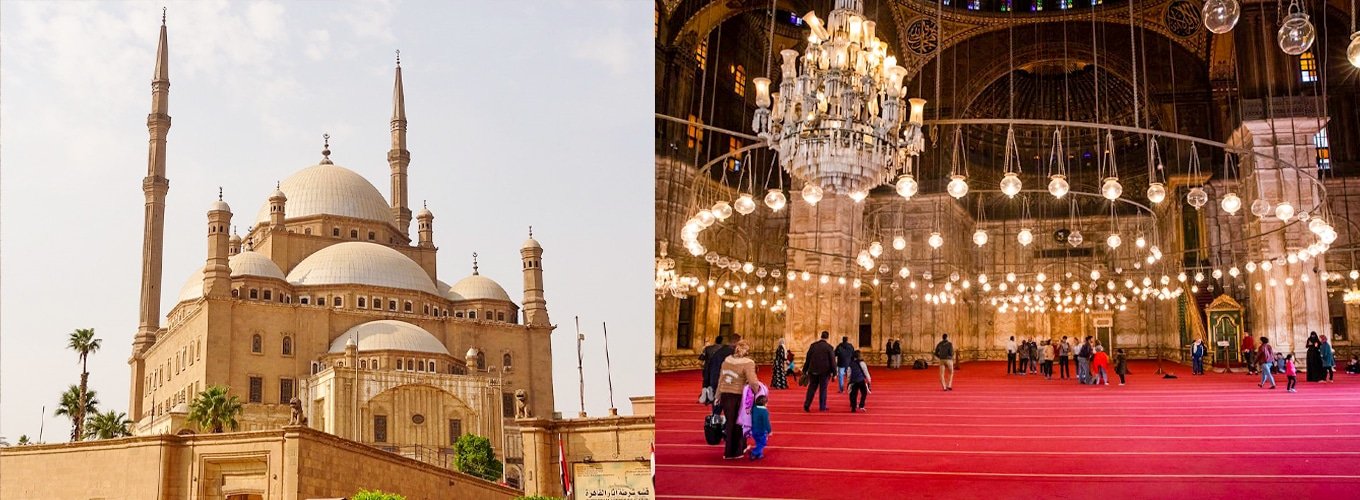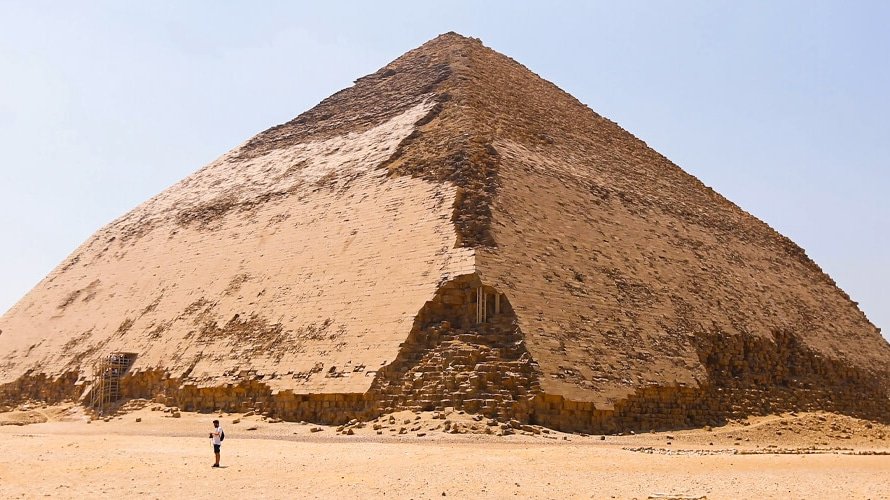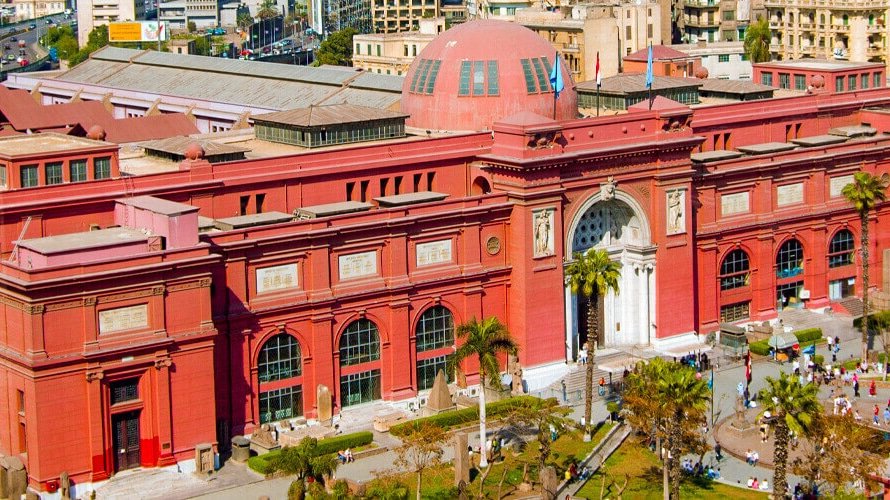Towering over the bustling metropolis of Cairo, the Citadel of Cairo stands as a majestic testament to Egypt’s rich history and architectural prowess. This formidable medieval fortress, strategically perched on a limestone hill, has served as a center of power, a military stronghold, and a captivating landmark for centuries. Within its fortified walls lie a treasure trove of mosques, museums, and monuments, each whispering tales of bygone eras. Visitors to the Citadel can embark on a captivating journey through time, exploring the legacy of pharaohs, sultans, and empires that have shaped this iconic structure
Unraveling the Citadel of Cairo’s Rich History
The Citadel of Cairo’s story begins with the legendary Muslim leader Saladin (Salah ad-Din), who rose to power in 1171 and founded the Ayyubid dynasty. Recognizing the need to fortify Cairo against potential Crusader incursions, he embarked on an ambitious project to build a mighty fortress atop the Mokattam Hills. Saladin’s vision was to create a powerful stronghold that would not only protect Cairo but also serve as the seat of his government.
The Citadel’s construction continued long after Saladin’s passing, evolving under the patronage of subsequent dynasties. The Mamluks, who ruled Egypt from 1250 to 1517, left a particularly strong imprint on the Citadel. They expanded the fortress, built opulent palaces, and added grand mosques, transforming it into a magnificent complex of royal and military structures.
In 1517, the Ottoman Empire conquered Egypt, and the Citadel continued to serve a vital role. The Ottomans added their own architectural flourishes, further enhancing its grandeur. Throughout the centuries, the Citadel of Cairo witnessed pivotal historical events. It withstood sieges, served as the residence of powerful sultans, and even housed Napoleon Bonaparte’s troops during his brief occupation of Egypt.

Architectural Wonders within the Citadel
The Citadel of Cairo embodies centuries of Islamic architecture and military ingenuity. Its imposing fortifications, complete with massive walls, imposing gates, and sturdy towers, were crafted to deter any invading force. Visitors can marvel at the strategic design elements that once protected the heart of Cairo.
Within the Citadel’s embrace lies a treasure trove of architectural gems, most notably its captivating mosques:
- Mosque of Muhammad Ali: This grand structure dominates the Citadel’s skyline. Built in the 19th century by Muhammad Ali Pasha, it draws heavily on Ottoman architectural styles. Its towering minarets, spacious courtyard, and vast alabaster-clad dome create an awe-inspiring sight. The mosque also offers breathtaking panoramic views of Cairo.
- Mosque of Al-Nasir Muhammad: Constructed in the early 14th century under the Mamluk Sultan Al-Nasir Muhammad, this mosque exemplifies the rich architectural traditions of the Mamluk era. Its intricate stonework, exquisite tile mosaics, and ornate minbar (pulpit) showcase the artistic mastery of Mamluk craftsmen.
- Mosque of Suleyman Pasha: Built during the Ottoman period in the 16th century, this mosque reflects a fascinating blend of Ottoman and Mamluk architectural influences. Its harmonious design, with graceful arches and a beautiful courtyard, creates a sense of both power and serenity.
Museums within the Citadel
Beyond its mosques, the Citadel of Cairo houses a diverse collection of museums that offer further insights into Egypt’s past:
- The Military Museum: This museum showcases Egypt’s military history through displays of weaponry, uniforms, and artifacts spanning various eras. Visitors can trace the evolution of Egyptian military prowess from ancient times to the modern day.
- The Police Museum: Delving into a different aspect of Egyptian history, the Police Museum provides a glimpse into the development of law enforcement in the country. Exhibits include historical uniforms, equipment, and documents related to significant events and cases.
- The Carriage Museum: This charming museum houses a collection of ornate carriages once used by the Egyptian royal family and dignitaries. The displays offer a window into a bygone era of elegance and extravagance.
Tips for Your Citadel of Cairo Visit
Best Time to Visit:
The ideal time to visit the Citadel is during the spring (March-May) or fall (September-November) when temperatures are mild. Summer months (June-August) can be scorching, while winter (December-February) can attract larger crowds. Also, avoid visiting on Fridays, the Islamic holy day, as the mosques will be busier during prayer times.
How to Get There:
The Citadel is located in the eastern part of Cairo and is easily accessible by:
- Metro: Take Line 2 to Bab El Shaaria station and then a short taxi ride up to the Citadel.
- Taxi/Ride-hailing Apps: Taxis or services like Uber and Careem are convenient and affordable options.
- Tour Bus: Many organized tours include a stop at the Citadel of Cairo.

Ticket Prices and Hours of Operation:
- Ticket prices vary for Egyptians and foreigners. Check the latest prices on the official website or reputable travel sources.
- Hours of operation are typically 9 AM to 5 PM, with shorter hours during Ramadan.
What to Wear: Dress modestly and respectfully to enter the mosques and other religious sites within the Citadel. For women, it’s advisable to cover shoulders and knees. Men should avoid shorts. Comfortable walking shoes are a must.
Estimated Time Needed: Plan to spend at least half a day exploring the Citadel. This will give you enough time to see the major monuments, visit museums, and enjoy the views.
FAQs
Is the Citadel of Cairo worth visiting?
Absolutely! For history enthusiasts and architecture lovers, the Citadel of Cairo is a must-visit attraction. Its centuries of history, stunning mosques, fascinating museums, and panoramic views offer a unique and enriching experience.
Can I walk around the Citadel myself or do I need a guide?
Both options are available! You can explore the Citadel independently, taking your time to admire the architecture and reading informational signs. However, hiring a knowledgeable guide can greatly enhance your visit by providing historical context, pointing out hidden details, and leading you to the best spots.
Are there any panoramic viewpoints within the Citadel?
Yes! Several locations offer breathtaking views of Cairo:
- The viewing platform near the Mosque of Muhammad Ali: Provides sweeping views across the city, including historic Islamic Cairo.
- The outer fortifications: Offer unique perspectives of the city and surrounding landscape.
What other attractions are located near the Citadel?
The Citadel enjoys a strategic location near other notable landmarks:
- Sultan Hassan Mosque and Madrasa: Magnificent examples of Mamluk architecture.
- Rifai Mosque: A 19th-century mosque with royal tombs
- The Egyptian Museum: Home to an unrivaled collection of ancient Egyptian artifacts.
Is the Citadel of Cairo wheelchair accessible?
Unfortunately, some areas of the Citadel have limited wheelchair accessibility due to its historical nature and uneven terrain. However, certain sections, including the Mosque of Muhammad Ali, can be accessed with assistance. It’s recommended to contact the Citadel administration or a tour company specializing in accessible travel for the latest information and support.
Conclusion
From its strategic position atop the Mokattam Hills, the Citadel of Cairo has watched over the city for centuries. It has served as a symbol of power, a testament to the ingenuity of Islamic architecture, and a repository of Egypt’s rich history. Within its weathered walls, the echoes of sultans, soldiers, and empires still linger. The Citadel’s mosques, museums, and panoramic views offer a captivating blend of grandeur, beauty, and historical intrigue.
Whether you’re fascinated by medieval fortresses, passionate about Islamic architecture, or simply to understand Egypt’s multifaceted past, a visit to the Citadel of Cairo is an unforgettable experience. Don’t just read about its wonders – step through its gates and immerse yourself in the enduring legacy of this extraordinary landmark.
Related Article to Read:







